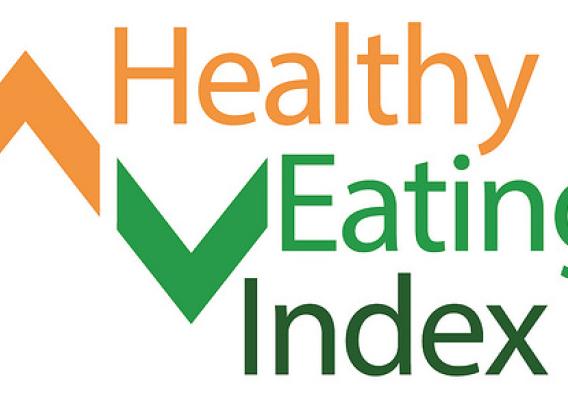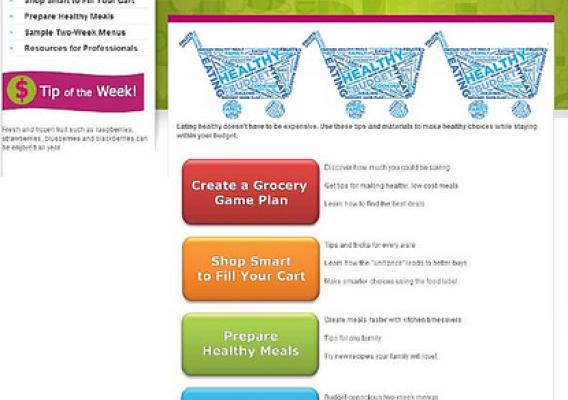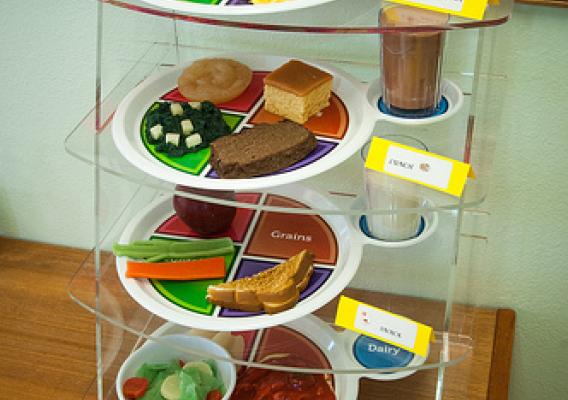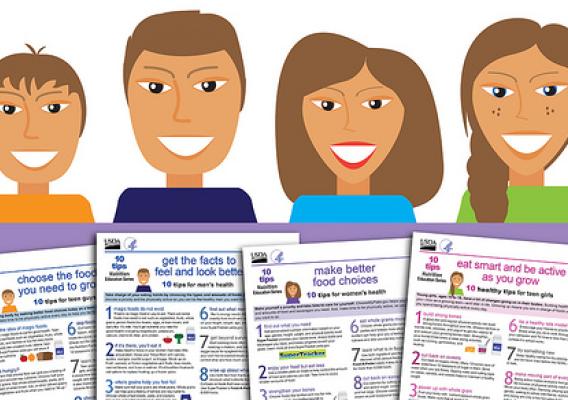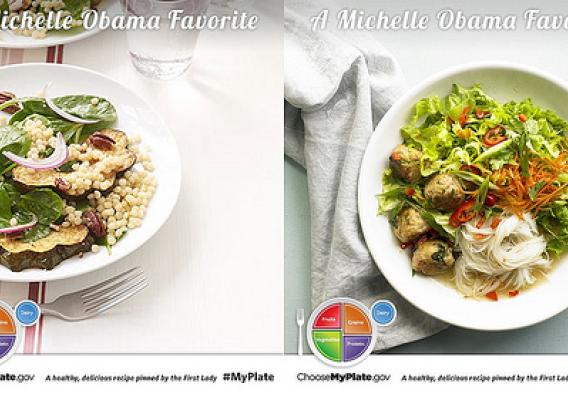This post is part of the Science Tuesday feature series on the USDA blog. Check back each week as we showcase stories and news from the USDA’s rich science and research portfolio.
Have you ever heard of the Healthy Eating Index? The Healthy Eating Index (HEI) measures the quality of Americans' food choices. At USDA we use the HEI to see how closely Americans are following the Dietary Guidelines for Americans and MyPlate. The HEI assigns scores to diets on a scale in which the maximum score of 100 indicates that the diet meets all Dietary Guidelines recommendations. The HEI shows us that the diets of most Americans could use some improvement. For example, HEI scores for 2007-08 averaged about 53.5 points out of 100 points, and these scores have not changed substantially since 2001-02. Using the HEI we can also compare how food choices and overall diet quality differ among males and females and in certain age groups, such as HEI scores for children and adolescents.
The HEI includes 12 components, each of which measures one aspect of dietary quality. These components represent all of the key Dietary Guidelines food choice recommendations. Nine of the components focus on the types of foods that Americans should eat more of, such as fruits, vegetables, dairy, and whole grains. Three components focus on foods or nutrients that are over consumed and Americans should eat less of, including refined grains, sodium, and calories from solid fats and added sugars (empty calories).

